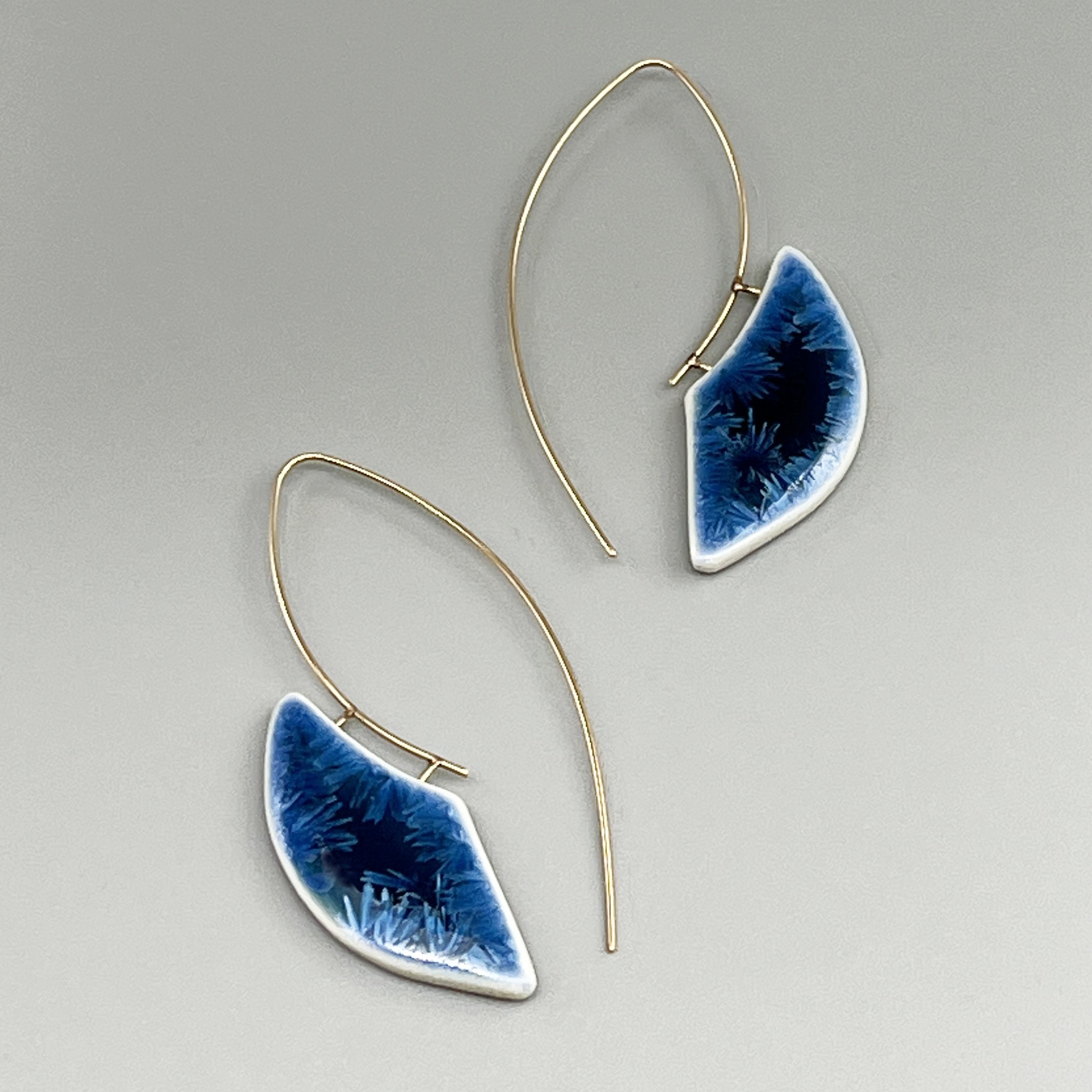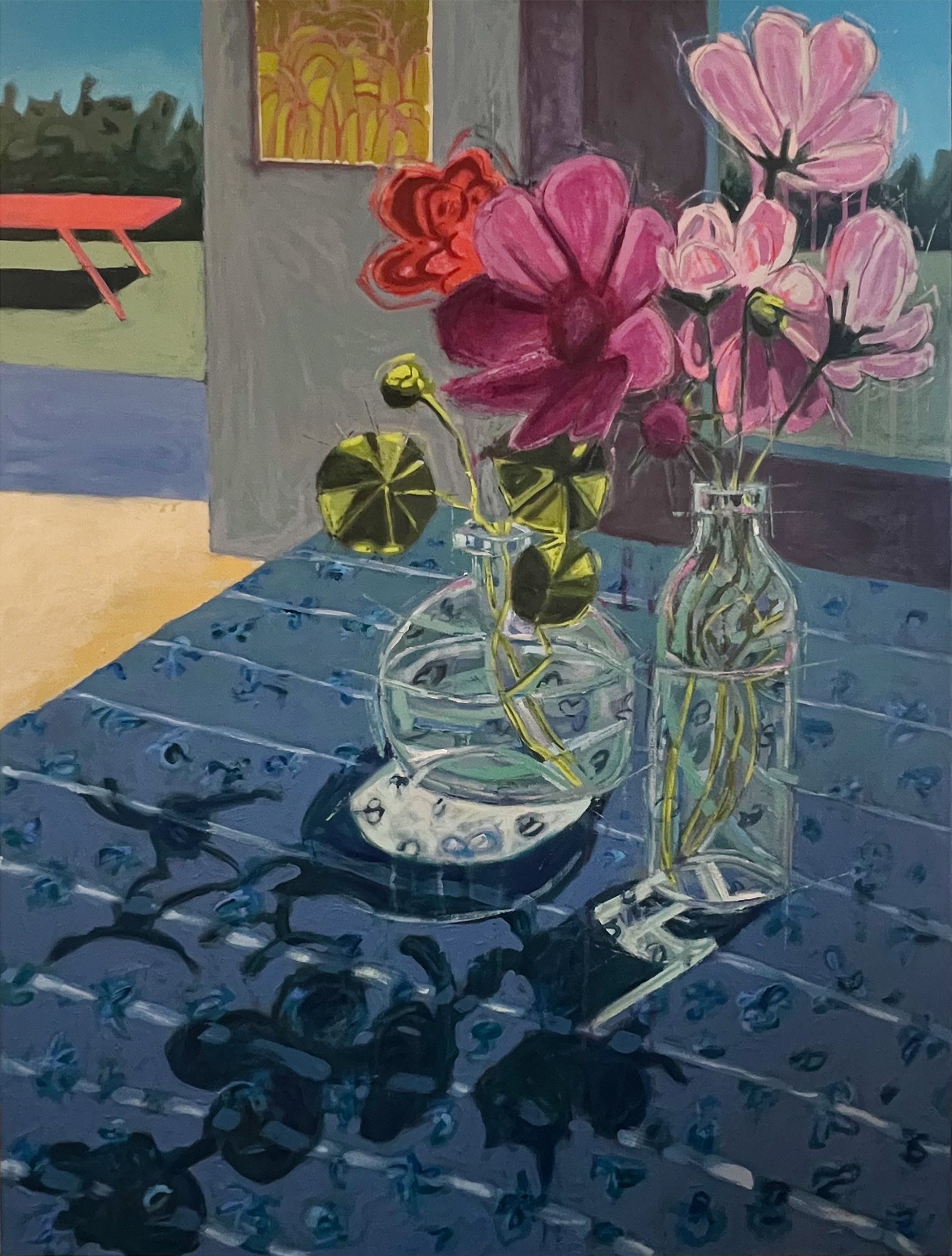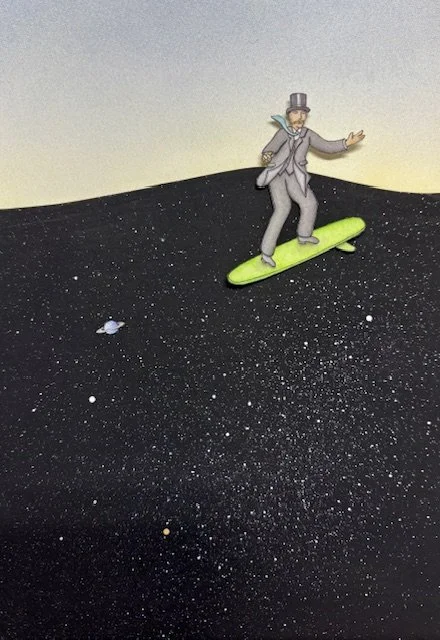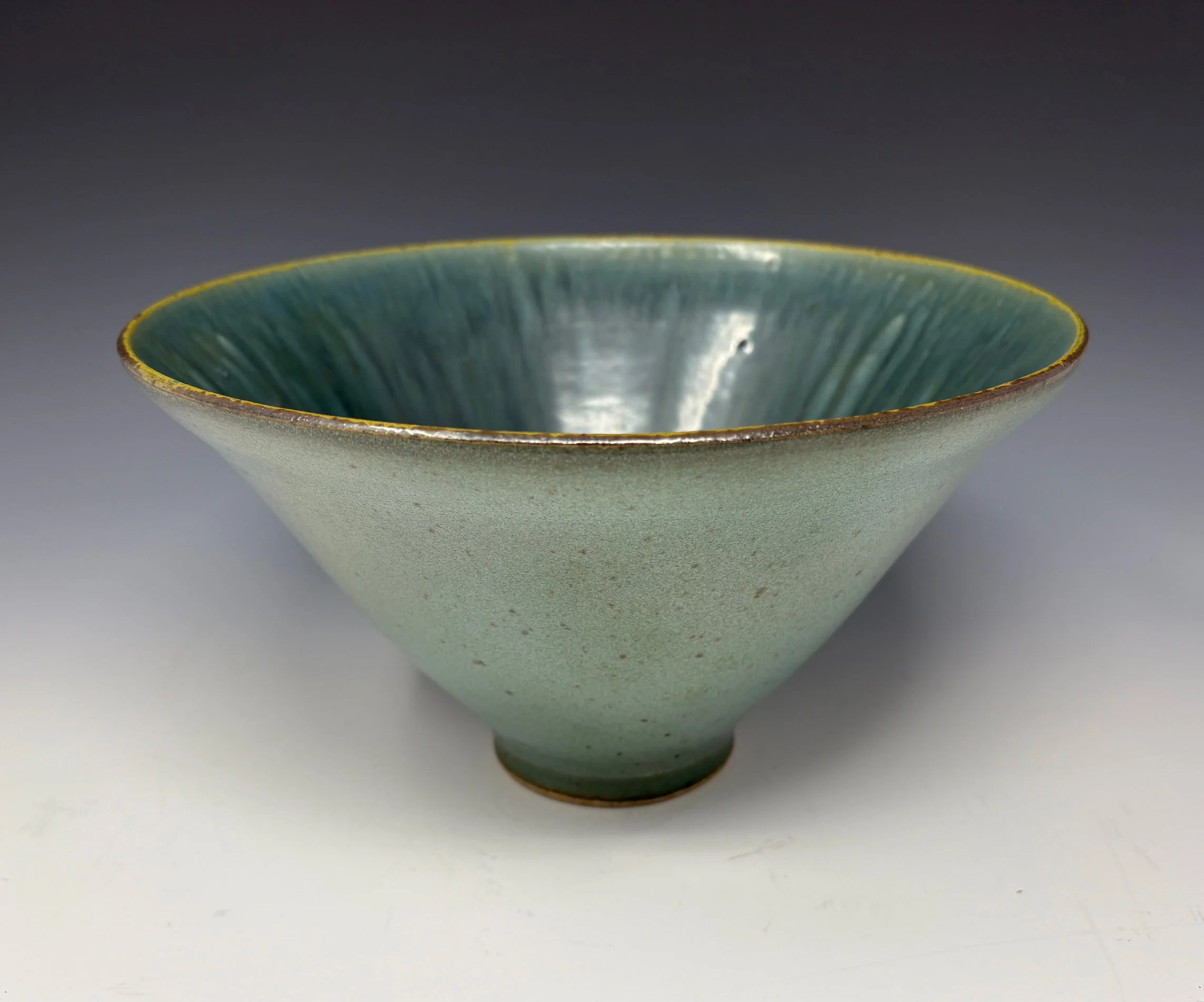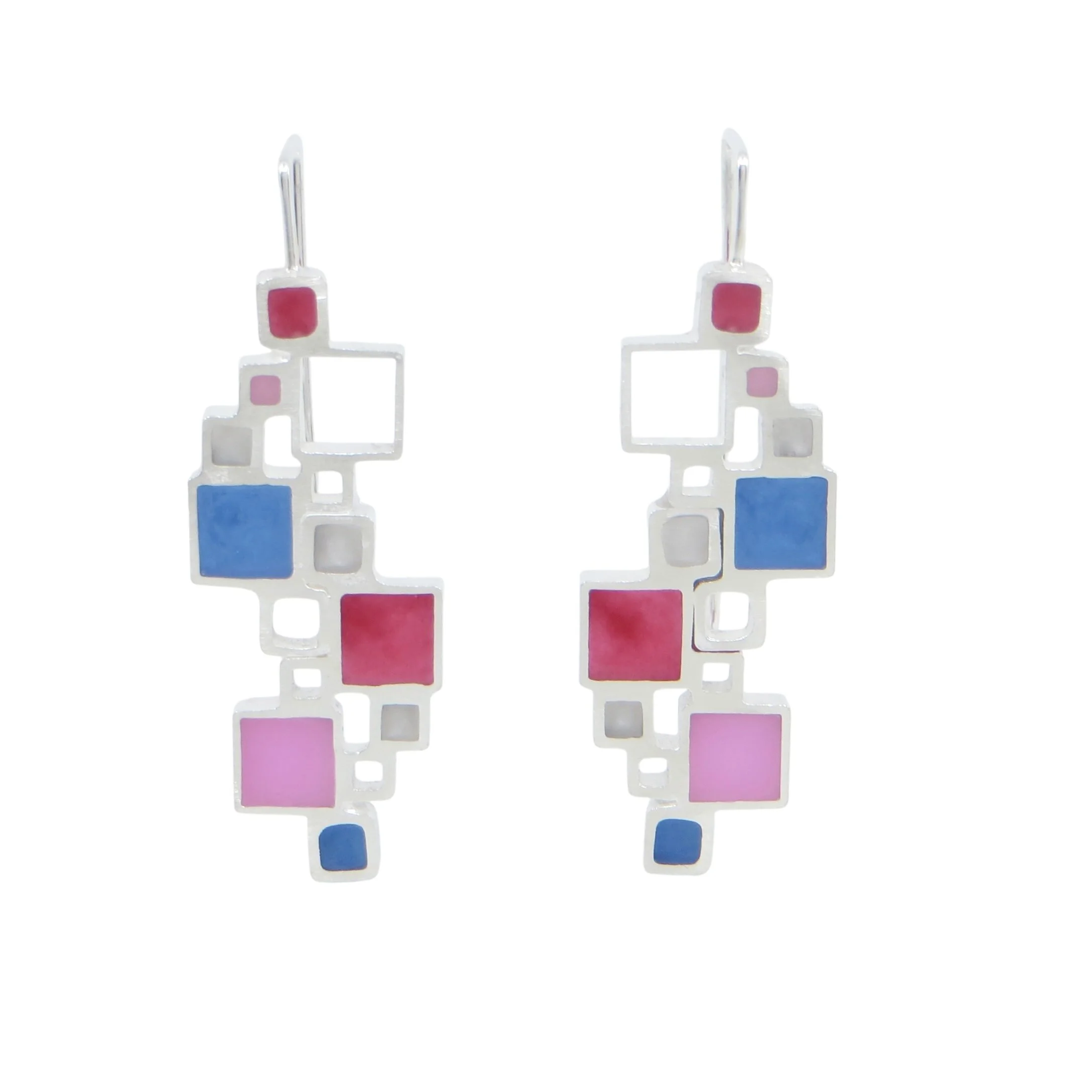At the end of August in 2021, a fire broke out in the café next to the gallery. We were lucky to sustain little damage to our building and to the artwork on display, but repairs were slow and would take several months to complete. The pandemic had already presented many challenges to our gallery and to the larger arts community. When it began, like many small businesses we were unsure of what the future would hold; however we quickly saw the collective need for art grow through difficult days of isolation and uncertainty. Thanks to our supportive community of art lovers, 13FOREST persevered and, with that support bolstering us, we knew we would be able to keep the gallery going through this latest challenge.
Though our space would be closed for months while awaiting repairs, we wanted to continue supporting our artists and bringing art to the community. Just a week after the fire, we held our annual pop-up in Provincetown. When we returned, we temporarily moved to the lower level of the headquarters of Food Link, an Arlington nonprofit that graciously welcomed us for what would become six months. Today, more than eight months after the fire, our home on Mass Ave is finally ready for our return. Thank you to everyone who stuck with us and continuously encouraged us. We cannot wait to celebrate our reopening with you!









